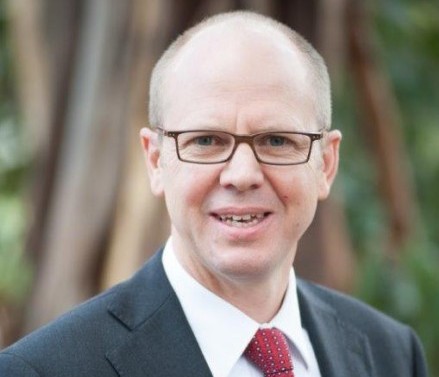
Ross Hampton
According to Ross Hampton chief executive of the Australian Forest Products Association, the solution to Tasmania’s energy crisis is staring us in the face. Source: The Mercury
In an article in the Mercury Mr Hampton said that frantically praying for rain, diving under the sea to patch cables and importing massive diesel generators should be sufficient in anyone’s eyes to label what is happening in Tasmania as an energy crisis.
The debate about solutions has rightly involved furrowed brows over the clean, green state making more of a call permanently on traditional energy sources delivered via the undersea cable.
The crazy thing is that of all the states of Australia, Tasmania is sitting on the most easily accessible, economically sensible, environmentally sustainable renewable energy source. It’s called bioenergy.
People in the street would call it offcuts and forestry logging operation residues.
All over the world bioenergy power plants are coming on line as nations try to move from traditional carbon intensive energy sources to baseload power which is truly renewable.
In Finland bioenergy contributes 16% of renewable power. In Denmark it is 15%. In Sweden more than 7%.
In Australia, despite a vast forested landscape and sustainably managed forestry enterprises producing commercial scale residues, we barely use bioenergy at all.
Bio-energy is actually the world’s largest renewable energy source by a country mile. Bioenergy accounts for 77% of all renewable energy globally and woody biomass accounts for 87% of that figure.
The International Energy Agency forecasts that by 2050, bioenergy could provide 3000 TWh of electricity or 7.5% of world electricity generation.
In addition, heat from bioenergy could provide 222 EJ (15% of the total) of global final energy consumption in industry and 24 EJ (20% of total) in the building sector.
There are concerns about bioenergy from those who care about wholesale landscape change. We are with them.
Bioenergy, like all renewable sources, has to be carefully managed, but the group of scientists who advise the United Nations climate change talks, the Intergovernmental Panel on Climate Change has pondered this and says that in the long run a sustainably managed working forest, with carbon stored in products and residues used for energy is one of the best things we can and should do about climate change.
Tasmania needs a long-term energy strategy and it needs to include bioenergy in the renewable mix. The time is right to lead Australia.





